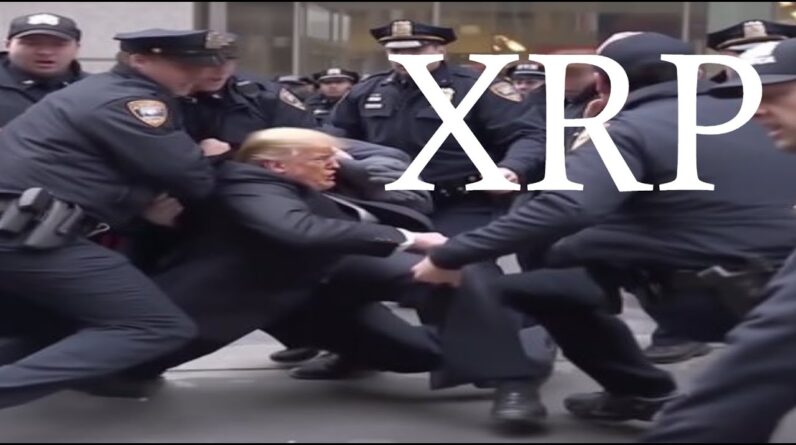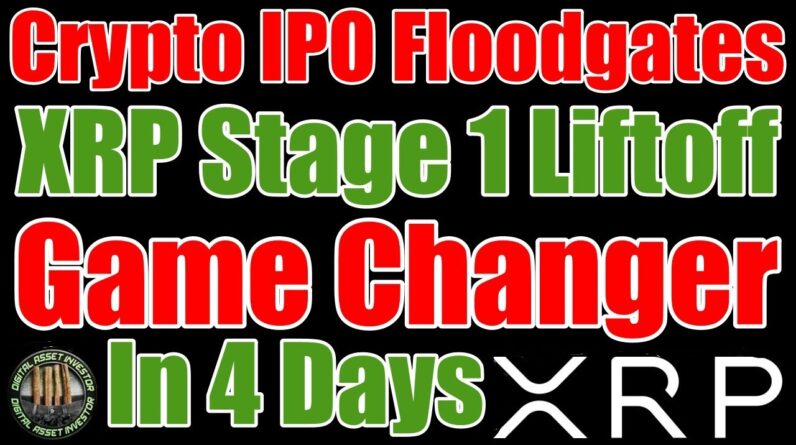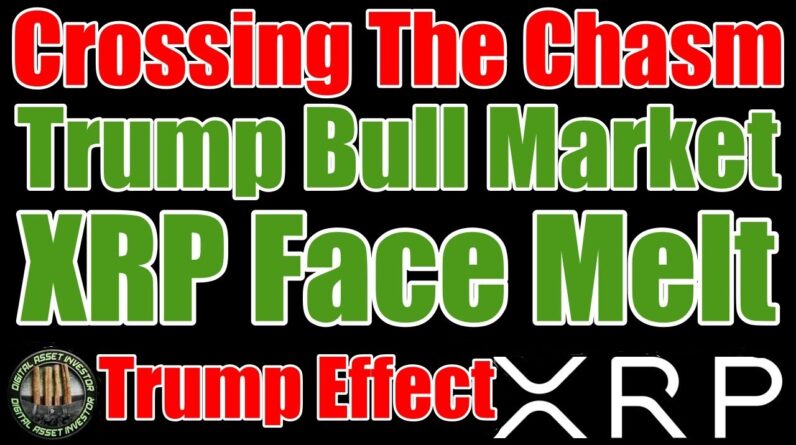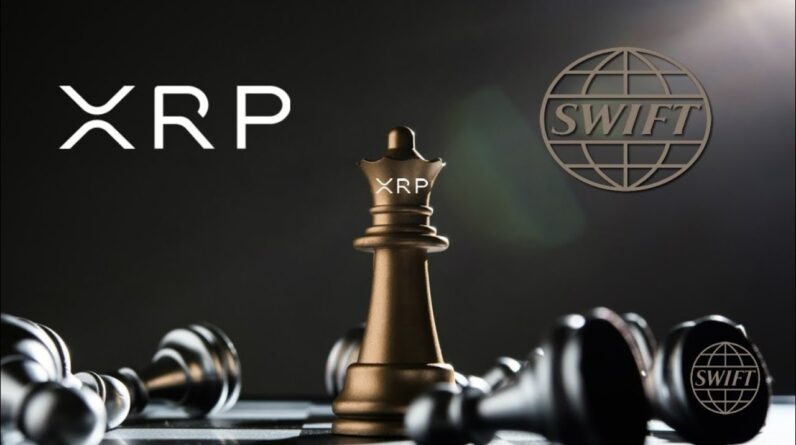In this blog post, I describe what I think on the bitcoin halving. My argument consists of two main points: (a) the digital assets market is strictly correlated, and (b) volume from the miners is negligible.
Let me start with a disclaimer: I got into bitcoin in 2014, but I no longer hold any. I do not believe that bitcoin will appreciate in the long term, and I currently only hold XRP. However, although I hope to be correct regarding XRP (you can never be sure), I truly do hope I am wrong for Bitcoin. I have friends and family who hold bitcoin and frankly, there is far more tribalism in the space than there should be. Working-class people put life savings into bitcoin and no mentally healthy person should wish to see their investment fall, especially if it doesn’t affect them.
For as long as digital assets exist, they seem to be heavily correlated. People tend to say that alt-coins follow bitcoin, as a tribute to the “king” of digital assets, but I prefer to see the entire market as one. In fact, research on market correlation by Binance shows exactly how highly correlated digital assets are.
The way I see it, the digital assets market has grown so fast that there is extremely high inequality in holdings. If you look at the bitcoin rich list it is absolutely staggering. At the time of writing, 0.05% of bitcoin wallets, hold more than 60% of all bitcoin in existence. Similarly, if you look at the XRP rich list, the top 100 accounts hold over 70% of the circulating supply. That doesn’t even include half of the total supply which is held by Ripple in escrow.
It is clear, that the owners of these accounts (which we will call whales) have a tight grip on the market. With holdings of this size and a complete lack of regulations protecting investors, these whales can move the market in any way they please, whenever they please. These whales keep the balance between digital assets and decide what the bitcoin dominance is. If you think that you with your few bitcoins are trading trying to make some satoshis, but a whale with thousands of bitcoins who can move the market is just hodling and accumulating then you probably need to reconsider your assumptions.
This is the reason why even if the halving could meaningfully affect the price, the effect would be spread across the entire market and it wouldn’t necessarily be bullish for bitcoin alone.
The above is one of the reasons I refrain from tribalism and the who is dumping what arguments. Traditionally, bitcoin maximalists love to talk XRP fud whenever a monthly escrow is released or whenever Ripple releases their quarterly report, saying that Ripple is suppressing the price of XRP by dumping on naive investors. Similarly, some XRP maxis reply saying that miners also dump (by necessity) on naive bitcoin investors respectively. Yet, in a heavily correlated market, if Ripple put any significant downward pressure on the price of XRP with their sales then it would also be putting similar pressure on the rest of the market, including bitcoin. Similarly, miners dumping bitcoin would also affect XRP.
In a heavily correlated market any argument about who dumps what is meaningless, since it theoretically would affect everything.
Does it have an effect though? Ripple releases a quarterly report on the XRP markets, and according to their Q4 2019 report their XRP sales were 0.08% of the total volume. This kind of volume is insignificant and cannot be considered as downward price pressure, no matter how much some bitcoin maxis would love to have you believe that Ripple is dumping on you. This became more apparent as Ripple slashed their sales between Q3 and Q4 last year, yet the price of XRP kept dropping, showing clearly that the bear market on XRP wasn’t because of “Ripple dumping.”
Similarly, miners currently mine about 1800 bitcoins daily, most of which they sell to cover their electricity expenses. Even if we take the conservative estimate of 450 thousand bitcoins daily volume that would mean miners are selling 0.4% of the daily volume, which would drop to around 0.2% after the halving. This volume is insignificant and in no way can be described as a “supply shock” or “quantitative hardening”, which are both phrases that some people like to toss out.
The more likely scenario is that the halving will have no effect on the price, causing the least cost-effective miners to shut down, making the network sustainable for the rest of them. Competition is starting between miners for who can last longer. Some of them will shut down operations, but other than that life will go on for bitcoin. This doesn’t mean that the price of bitcoin will drop, nor that it will go up. I don’t know what the price will do. What I do know, is that whatever it does it will not be because of the halving.
The post Thoughts on the bitcoin halving appeared first on XRPArcade.







